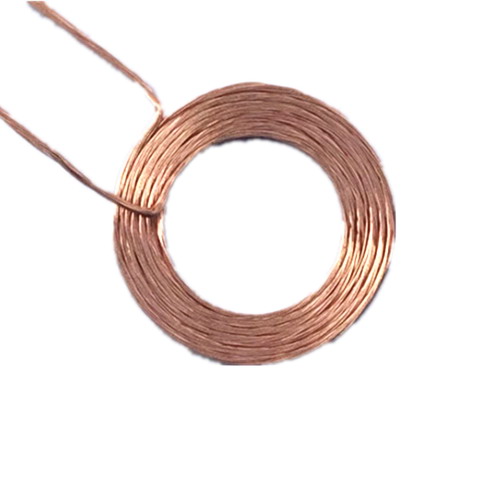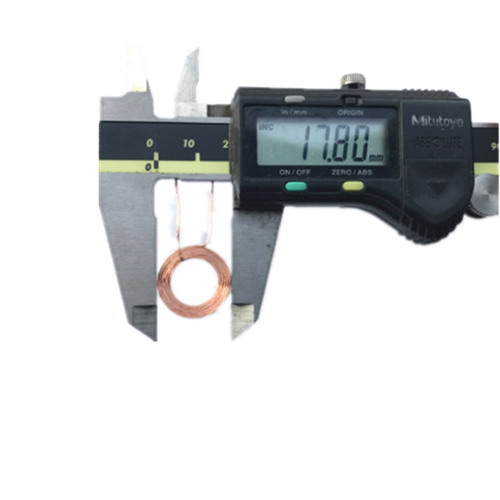The application of wireless charging coils for mobile phones is becoming increasingly widespread. The principle of wireless charging technology is no longer mysterious and has been commercially implemented on some smartphones. The principle of wireless charging coil for mobile phones is also very simple. The transmitter converts electrical energy into electromagnetic waves and emits them. After receiving electromagnetic waves, the receiver converts them into electrical energy and can then be charged.

The electromagnetic induction principle of wireless charging coils for mobile phones ends energy transmission through intermittent energy coupling of the coils. When the system is working, the input terminal converts AC mains power into DC power through a full bridge rectification circuit, or directly supplies power to the system with 24V DC power. The DC power output from the power processing module is converted into high-frequency AC power through two active crystal oscillators and provided to the primary winding. By coupling the energy of two induction coils, the receiving conversion circuit converts the current output by the secondary coil into direct current to charge the battery.
Electromagnetic induction type, which uses two mutual inductance coils for wireless charging. When the current in the input coil changes, the magnetic field of the output coil also changes accordingly, generating induced current and converting energy from input to output. Wireless charging using electromagnetic induction requires that the distance between two devices must be very close, and only one device can be charged. When charging, the coil must be aligned. But the energy conversion rate is high and the transmission power range is wide, ranging from a few watts to several hundred watts.

Radio wave type, which involves wireless charging by receiving radio waves, operates similarly to a crystal receiver. But the transmission power of this method is very small, with a maximum of only 100 milliwatts, and the efficiency is very low. Most of the energy will be wasted in the form of radio waves. It has a slight advantage in transmission distance, with a maximum distance of 10 meters.
The square wave output from the active crystal oscillator of the wireless charger coil is filtered by a second-order low-pass filter to obtain a stable sine wave output. It is then output to a parallel resonant circuit composed of a coil and a capacitor through a C-type expansion circuit composed of a transistor 13003 and its peripheral circuit, and radiated in to provide energy for the receiving part. According to the parallel resonance formula, the matching capacitance C is approximately 140pF, and the measured wire diameter is 0. 5mm, diameter 7 cm, inductance 47 u, carrier frequency 2 Hz. Therefore, the transmitting part selects a 2Mz active crystal oscillator attack power carrier frequency close to the resonant frequency.
Magnetic resonance is wireless charging achieved through electromagnetic resonance. The principle is similar to acoustic resonance, as long as the resonance frequency of two media is the same, energy can be transmitted. The charging distance of this method is between electromagnetic induction and radio wave. The advantage is that it has a high transmission power, which can reach several kilowatts. It can charge multiple devices simultaneously without the need for coil correspondence between the two devices. The disadvantage is that the loss is very high. The farther the distance, the greater the transmission power and the greater the loss. And the required frequency band must be well protected.